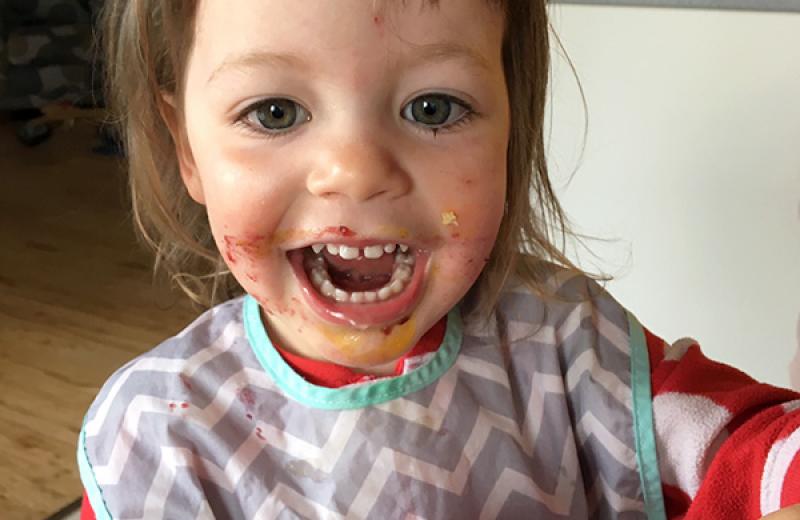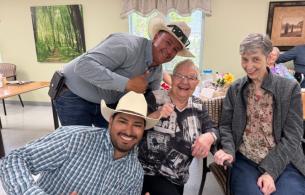Many parents of young children worry that their kids don’t eat enough. As a dietitian and a mother of a young child, I totally get it. We want the best for our children; we want them to be healthy and to get the nutrition they need.
Mealtime struggles
Parents and caregivers often tell me about the strategies they use to try to get kids to eat. We keep them at the table, prompt them to take a few more bites, chase them with spoons (“airplane!”), praise them when they finish their plates, negotiate with them, and entice them with dessert. It’s a lot of work. Kids often resist these efforts, and parents get frustrated. And kids are frustrated too! It’s an exhausting experience for many families.
Is there a different way?
Fortunately, yes. Ellyn Satter’s division of responsibility in feeding (DOR, for short) is the recommended approach to feeding children. This approach helps prevent and manage a lot of common feeding challenges. It’s based on trusting that children of all ages are capable of determining how much to eat to grow and be well.
Adults’ roles and kids’ roles
In short, the DOR outlines adults’ roles with feeding, and kids’ roles with eating.
Adults are responsible for deciding what foods to offer, and when and where to offer them. Ideally, they would provide a variety of foods over the course of the day, offered at regular meal and snack times, in ways that support eating together. Once adults have done these pieces, their job is done.
Then, it’s up to the kids - they decide how much to eat from the foods provided, or whether to eat at any meal or snack time. Adults don’t have to do, or say, anything about how much is eaten – this is left up to the child.
Learning to trust
In my experience, at first, parents can find it hard to trust the DOR (also known as the “trust model”): “Letting kids decide how much to eat – is that a responsible thing to do? Won’t they starve?” In fact, right from birth, children can eat the amount they need to grow well. A hungry baby will let you know! And when they are satisfied, they’ll let go of the nipple, turn their head away, lose interest, and/or fall asleep. As they grow older, children continue to have the ability to regulate their food intake. The DOR is all about trusting, respecting, and protecting this ability.
A shift
It can be quite a shift to learn to trust kids to eat enough. There’s also a bit to learn about how to apply the DOR; however, in my experience, when parents and caregivers start to apply this approach, many feel a huge sense of relief. They’ve been working so hard – too hard – and they can finally take a step back, and learn to trust their children to do their part with eating. In turn, children will start to become more relaxed at meal times as well, eating the amounts they have appetite for, and (eventually) exploring a greater variety of foods.
Learn more
Interested in learning more about the division of responsibility in feeding? Consider the following resources:
- Trust your child’s appetite (Ellyn Satter Institute)
- Children know how much they need to eat (Ellyn Satter Institute)
- Helping your 1 to 3 Year Old Child Eat Well (HealthLink BC)
- Is My Child Growing Well? (Dietitians of Canada)
It might also be helpful to connect with a dietitian:
- There are dietitians in various communities across Northern Health. A referral may be required.
- BC residents can also access Dietitian Services at HealthLink BC, by calling 8-1-1 (or 604-215-8110 in some areas) and asking to speak with a dietitian.














Comments